Rethinking the Romantic Era —— Androgynous Subjectivity And The Re-creative In The Writings Of Mary Robinson, Samuel Taylor Coleridge, And Mary Shelley
----- 重新思考浪漫时代:雌雄同体的主体性和玛丽·鲁滨逊,塞缪尔·泰勒·科尔里奇和玛丽·雪莱的创作中的再创造
Focusing on Samuel Taylor Coleridge, Mary Robinson and Mary Shelley, this book uses key concepts of androgyny, subjectivity and the re-creative as a productive framework to trace the fascinating textual interactions and dialogues among these authors. It crosses the boundary between male and female writers of the Romantic period by linking representations of gender with late Enlightenment upheavals regarding creativity and subjectivity, demonstrating how these interrelated concerns dismantle traditional binaries separating the canonical and the noncanonical; male and female; poetry and prose; good and evil; subject and object. Through the convergences among the writings of Coleridge, Mary Robinson, and Mary Shelley, the book argues that each dismantles and reconfigures subjectivity as androgynous and amoral, subverting the centrality of the male gaze associated with canonical Romanticism. In doing so, it examines key works from each author's oeuvre, from Coleridge's “canonical” poems such as Rime of the Ancient Mariner, through Robinson's lyrical poetry and novels such as Walsingham, to Mary Shelley's fiction, including Frankenstein, Mathilda, and The Last Man.
{{comment.content}}
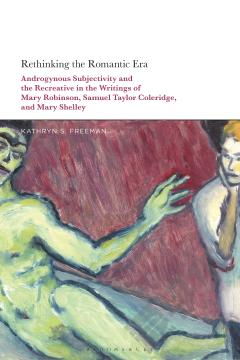

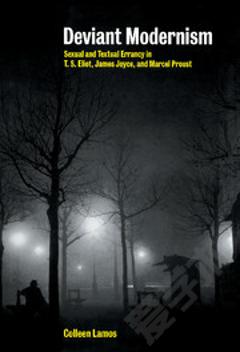
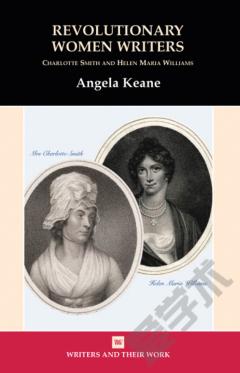

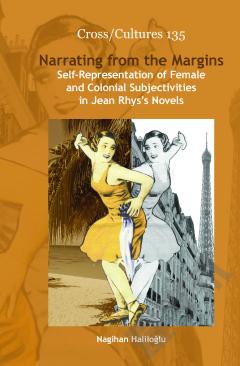
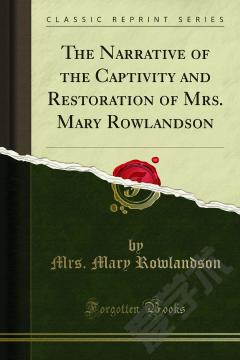

 京公网安备 11010802027623号
京公网安备 11010802027623号